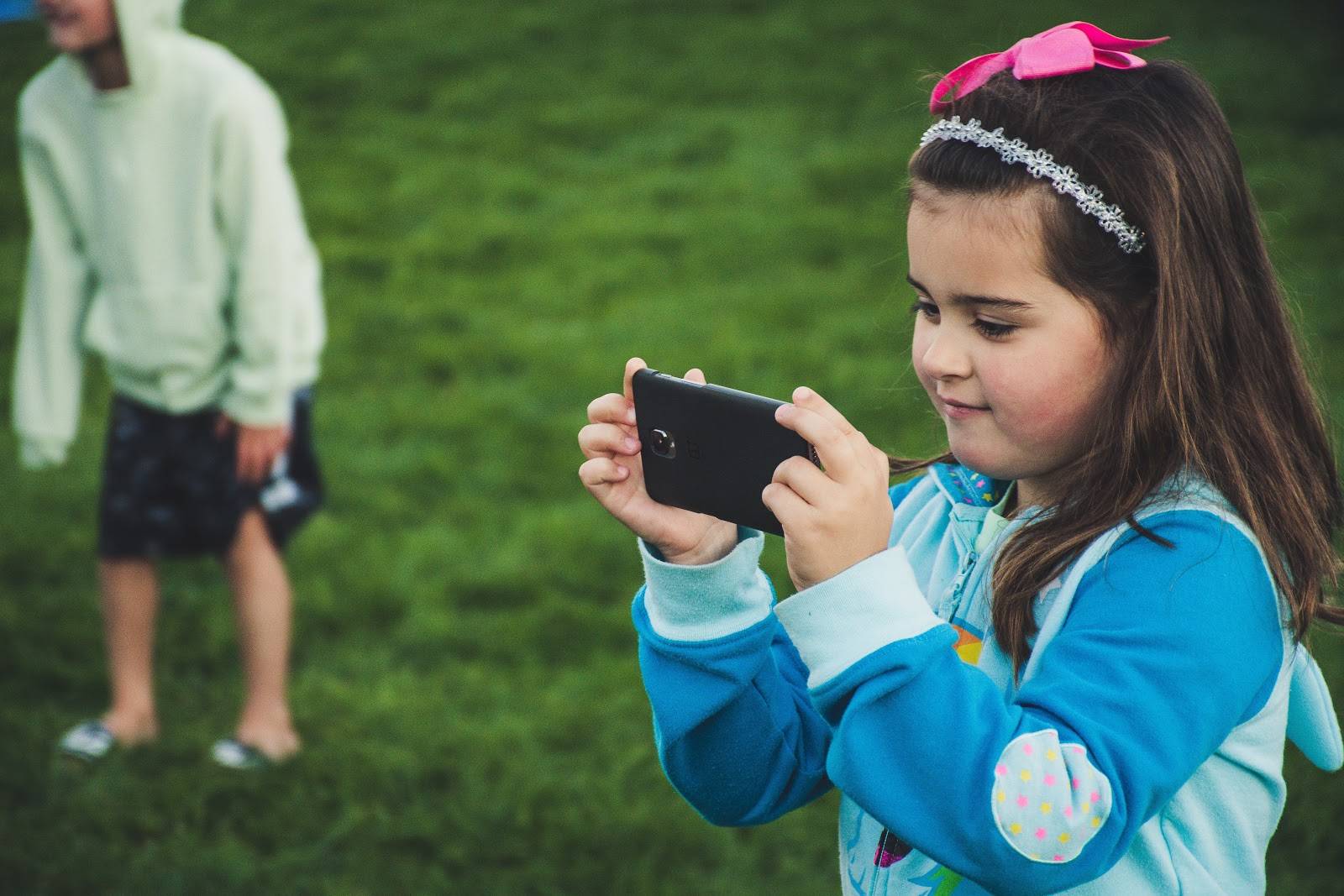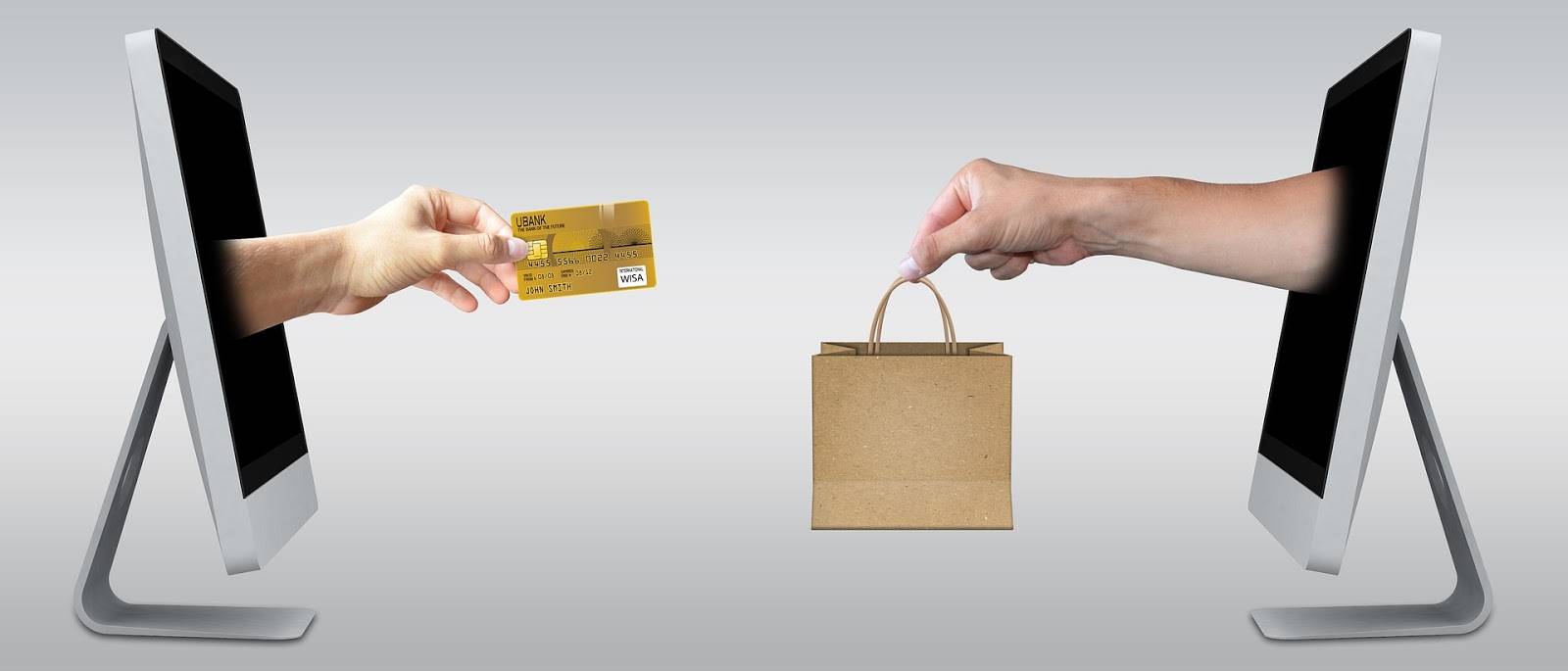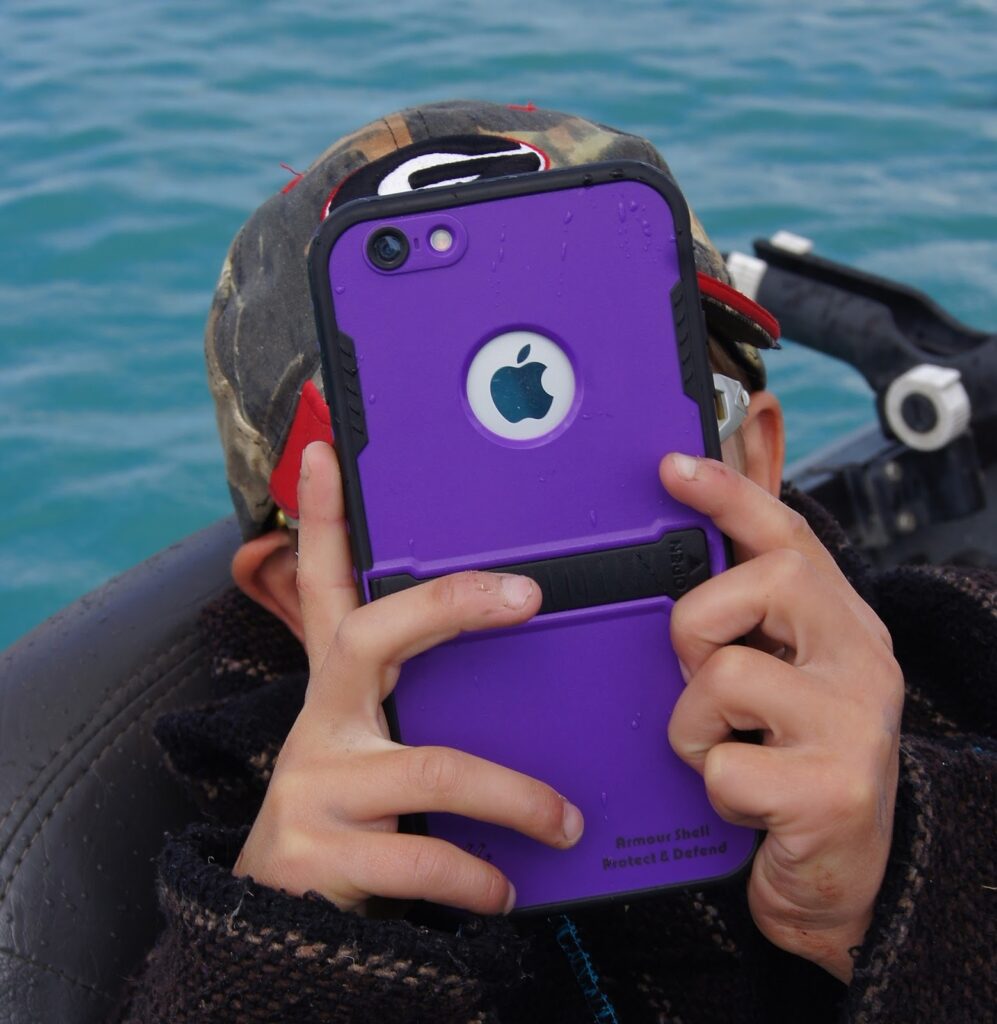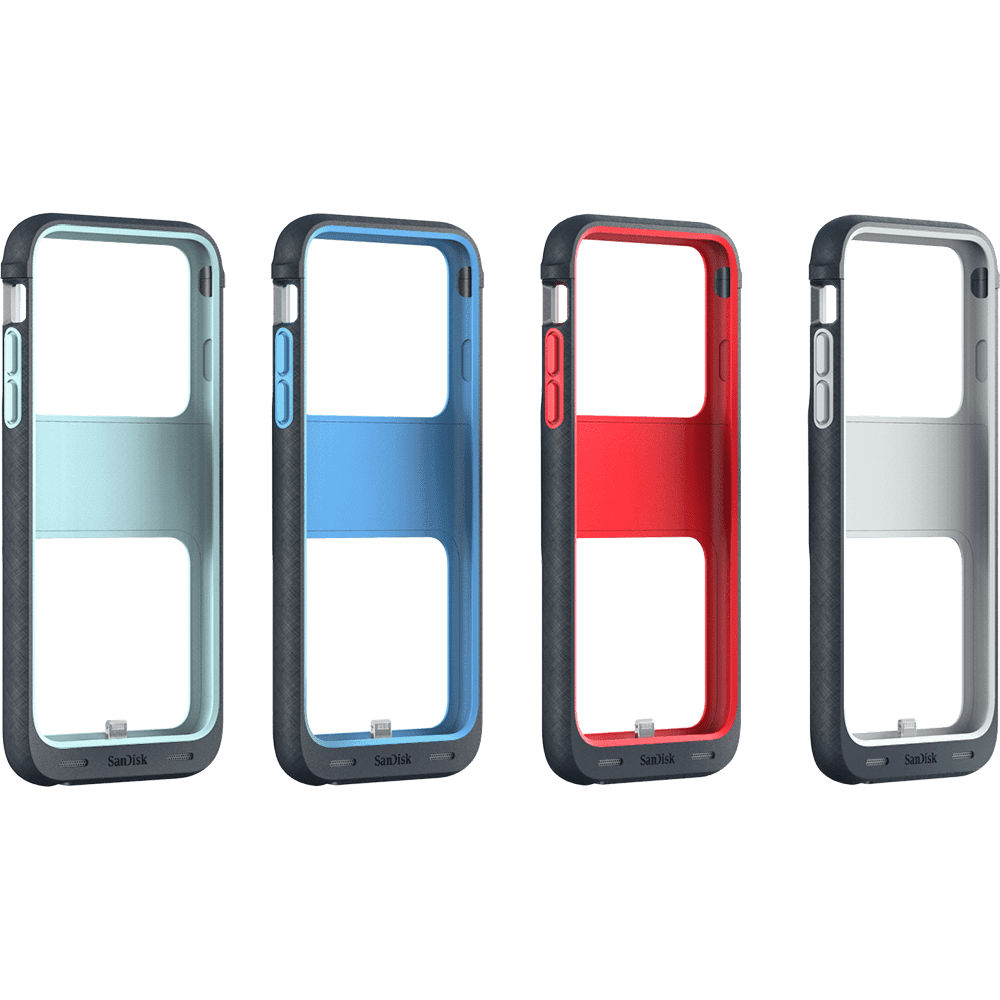Written by: Mark Lambert
Like leaving a bumper assortment bag of candy bars just lying around, leaving young kids unattended with an iPhone is kind of inviting trouble. It only takes a few wrong finger taps for things to start going all kinds of horribly wrong.
Case in point: this funny-because-it’s-not-me news story about a young kid who managed to lock up his dad’s iPad until … wait for it … 2067. The only way to resolve it? A complete factory restore. Ugh.
It’s too late for that poor parent, but there’s still hope for the rest of us juggling the joys of small kids and smartphone ownership. Here are three simple things you can do to keep your iProducts that tiny bit safer from prying little hands.
1. Know Your iPhone’s Auto-Lock Features
First of all, it’s worth mentioning that you can simply disable the auto lock function on your iPhone. This essentially means that your phone won’t enter a state where it becomes necessary to reenter your password.

Here’s how you do just that:
- Launch ‘Settings’ from your home screen
- Select ‘Display and Brightness’
- Select ‘Auto-Lock’
- Select ‘Never’ from the list of timing options.
A Few Words of Warning
Now, it’s important to be clear on this point. The advantage of disabling your auto-lock feature is that, unless you restart your phone, your phone will be immediately accessible at any time without a passcode. This makes your phone very easy to access by your kids and it eliminates the risk of getting locked out.
On the other hand, there are some really significant downsides to doing that!
It means you have no control over your phone’s access whatsoever. It also means that if your phone is ever stolen, you’re placing complete access to your data right into the villains’ clammy hands.
Our suggestion is that if you do decide to disable your iPhone’s auto-lock feature, do it only when you are allowing your kids to be playing with your smartphone. Turn it back on right afterward!
2. Set Up Your Remote Reset Capability
Let’s start by explaining how the process for your iPhone becoming disabled actually works. It’s true, a delay is built into your iPhone’s passcode reset functionality. If you (or your tap-happy kid) enters the password wrong too many times, your iPhone will cease to allow additional passcode entry attempts for a certain period of time.

This delay increases the more times you get the code wrong. It’s clever really. The idea here is that if someone is trying to brute force your passcode, they’re going to be so plagued with delays that the whole exercise rapidly becomes pointless.
Here’s the good news though. If you have backed up your phone to iTunes recently (and this is precisely why you should do this at least every other week) you can simply plug your phone into iTunes via a USB cable and perform a restore.
The poor guy whose iPad was blocked until 2067 couldn’t do that because he hadn’t backed up his phone to iTunes. So get a regular backup on your calendar of technological to-do’s!
3. Manage Your In-App Purchases Settings
Another big problem you can accidentally crash into relates to in-app purchases.
If you haven’t heard that term before, think of it as a one-click purchase setting built right into applications you regularly use… including games.
So picture this scenario, your kid is playing a free game you downloaded to keep them occupied. They’re happily playing away when suddenly a window pops up informing them they’ve run out of lives. Would they like to purchase ten extra lives for $1.99? Sure, they think and gleefully tap the ‘Yes’ button. Then they do that ten more times.

Bam, you just got charged $20. The most insidious thing is, young children may have no idea that they are actually spending real money. Such games are quite good at artfully making the decision seem fun and inconsequential. Not cool!
To be fair, most games don’t employ these nasty tactics these days, but they are still out there. The easiest way to stay safe is to simply turn off the in-app purchase function altogether.
Here’s how you do that:
- Launch ‘Settings’ from your home screen
- Tap ‘General’
- Scroll down and look for the category ‘Restrictions.’
- Make sure that ‘Enable Restrictions’ is activated
- You’ll then be asked to enter your passcode
- A list of restriction settings will then appear. Scroll through that list until you find ‘In-App Purchases’ and make sure that restriction is active.
Congratulations! You’re now safe from accidental purchases.
While you’re browsing through that list, you may wish to look at other options you can disable. For example, you can set your iPhone so that a passcode will be required to delete specific apps. All these restrictions give you the option of adding a handy layer of protection right where you need it.
iPhones are designed for ease of use. Unfortunately, that makes it incredibly easy for young and inquisitive minds to (hopefully inadvertently!) create all kinds of havoc if you’re not sufficiently prepared. Following the above pointers will make you that much safer from a nasty iSurprise when you least expect it.
Like This? We have more!
Sign up below to be kept in the loop and be sent more content like this in the future!

Mark Lambert writes about technology, modernity, and society. He’s especially interested in exploring how emerging technologies change how people think and what they want.

